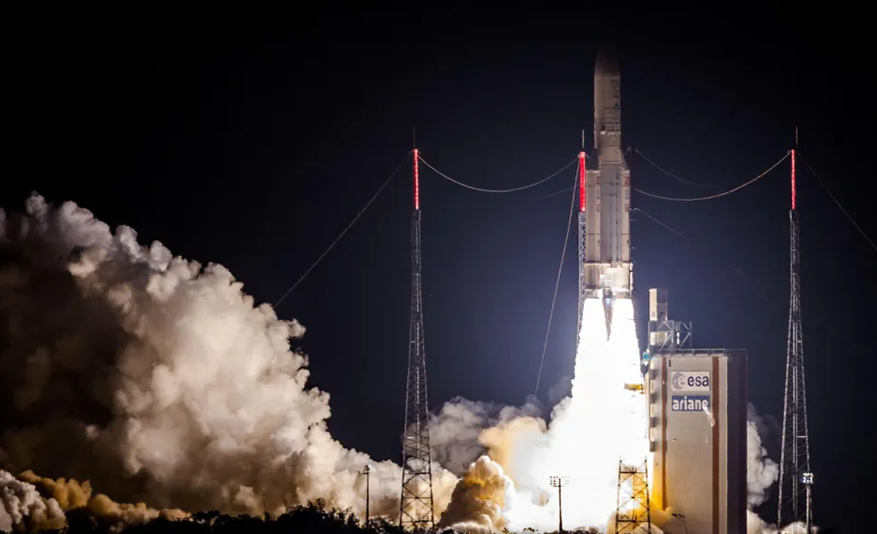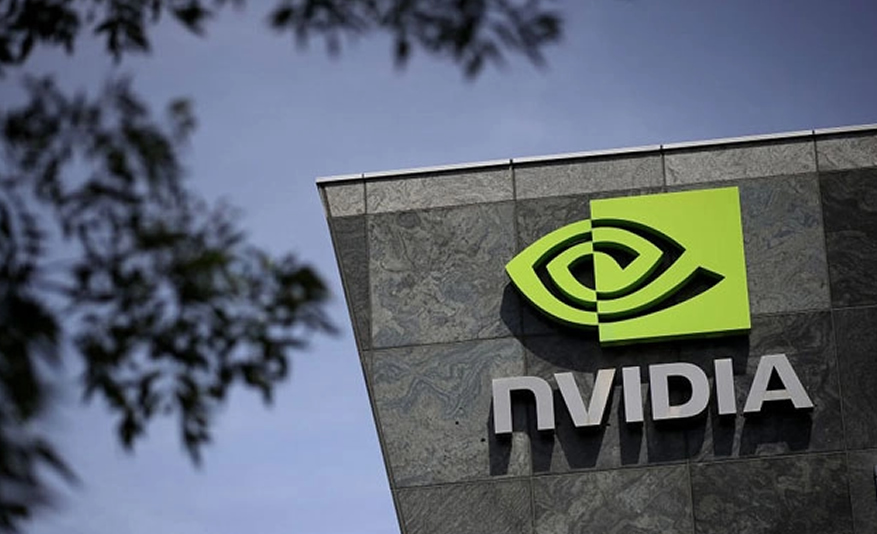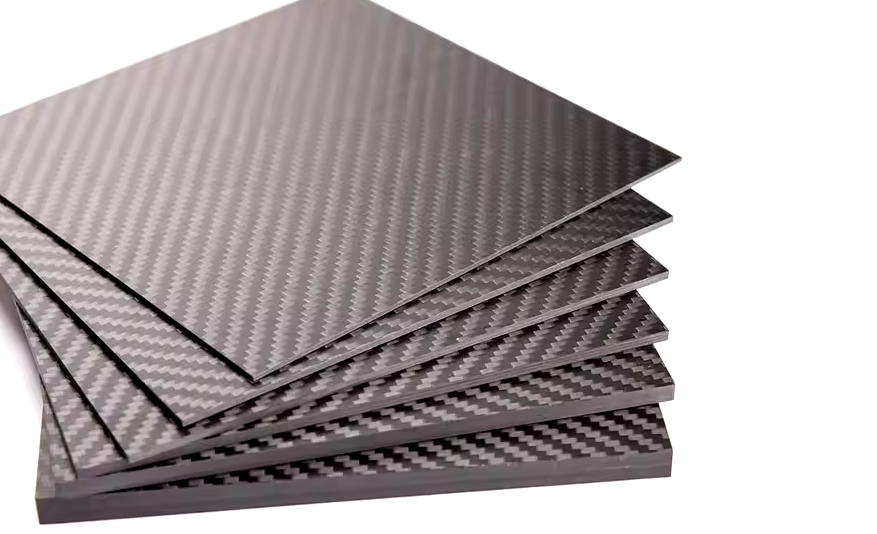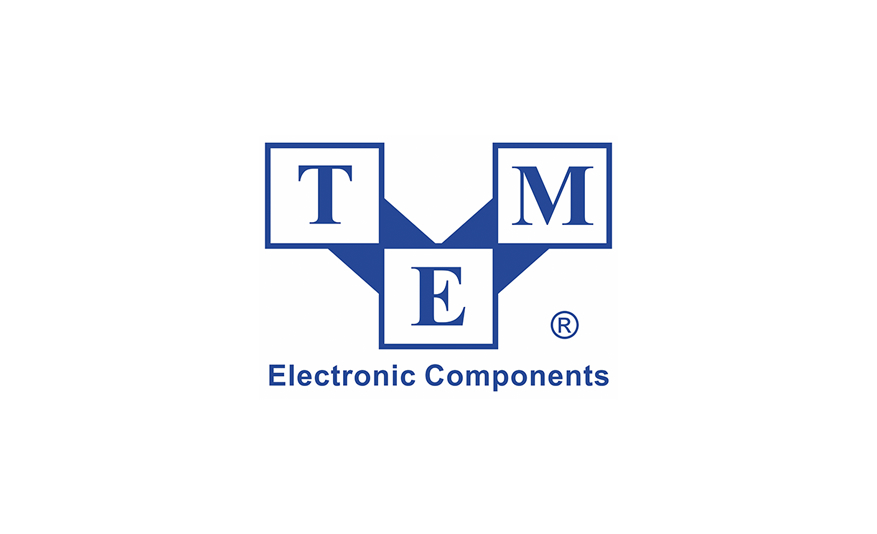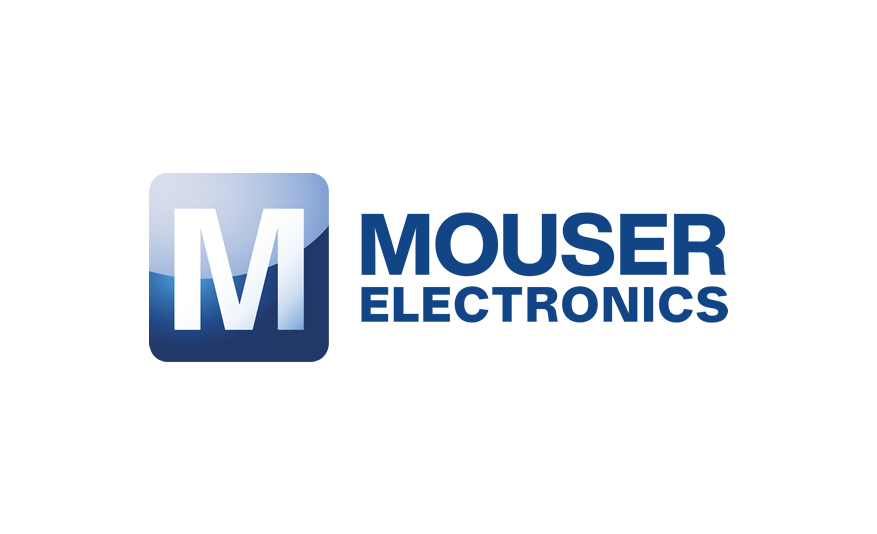Lilium in Germany has completed the first systems power-on milestone of its all-electric aircrft as it starts building key prototypes.
The successful test procedure on the first in-production Lilium Jet, MSN 1, represents a significant achievement on the path to first flight and certification. This test confirms that the aircraft is being built in accordance with Lilium’s platform design and the flight systems are functioning correctly.

At power-on, high-voltage (900 Volts) is applied to the aircraft and converted to supply the low-voltage electrical and avionics systems – including cockpit display, flight controls, communication, navigation, and surveillance systems. This milestone corresponds to the customary power-on acceptance test procedure used in conventional commercial aircraft manufacturing.
- Electric jet makes maiden flight
- German eVTOL pioneer Lilium raises another $250m
- Joby, Toyota to build air taxi factory
“Power-on is an important quality gate in the production process of any commercial aircraft,” said Stephen Vellacott, Lilium CTO.
“The two Lilium Jets now on our final assembly line, and those to come, will be conforming aircraft, built to the specifications of our design organization, according to documented processes and in line with established aerospace procedures. When it comes to aircraft production, process control, repeatability, traceability, and above all safety is paramount. Achieving this first power-on milestone demonstrates that we’re on track.”
MSN 1 is due to become Lilium’s lab test aircraft. It will be a fully functional aircraft and key asset for the certification programme, being used to prove safety of flight and compliance with airworthiness requirements.
The second Lilium Jet, MSN 2, also currently in final assembly, is the first aircraft that Lilium intends to fly with a pilot on board in early 2025. Production of MSN 3 fuselage is underway at the supplier. Lilium intends to fly a total of six test aircraft up to type-certification and entry into service, targeted for 2026.
In August this year, Lilium completed the first phase of electrical integration testing at the company’s dedicated electrical power system lab (EPSL) outside Munich.
This is a test rig that replicates the Lilium Jet’s full powertrain, from battery pack to engine, outside the aircraft in a controlled test environment. Lilium has so far successfully tested several core electrical functionalities at the EPSL, including high voltage distribution, low voltage conversion and distribution, health reporting, and charging systems.
Using customized software, Lilium engineers plot flight profiles, run tests, and gather corresponding data in real time. The data gathered will be used to provide evidence to the airworthiness authorities to demonstrate the aircraft’s safety and compliance with the type-certification requirements.
The lab, which also provides a safe environment in which to inject faults and demonstrate system robustness to failures, has been developed and built in cooperation with Italian supplier EN4, a specialist in advanced testing solutions for aerospace, automotive, railway and industrial applications. For the testing environment, Lilium and EN4 have made extensive use of state-of-the-art software and hardware provided by NI, formerly known as National Instruments.
“With the completion of the first phase of electrical power integration and verification testing at our dedicated lab we have again reached a critical milestone in the Lilium Jet development. In this new lab, we test flights, charging, and simulate failure scenarios to ensure that our powertrain meets stringent aviation safety and reliability standards” said Vellacott.









